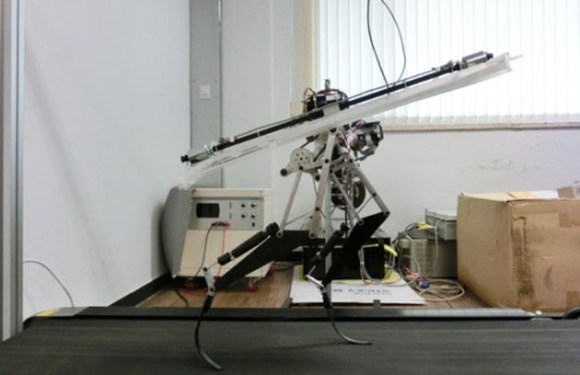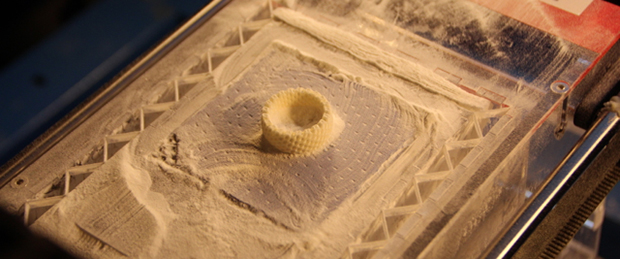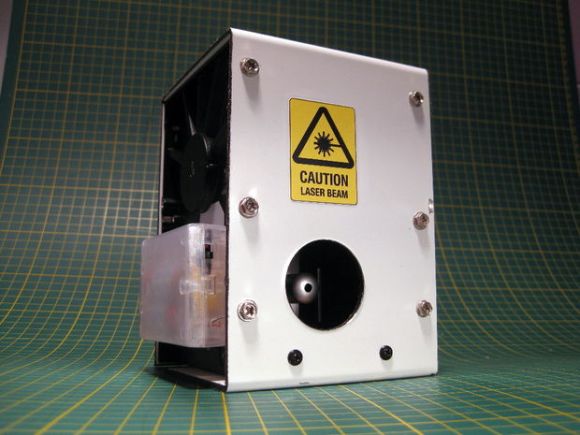Hurricane season in the US Atlantic region officially began on June 1st. While [mikesoniat] is hoping for a mild one in his Gulf Coast town, he’d like to be as prepared as possible in the event of a power outage. He’s been experimenting with solar power lately, and while he’d love to go all out with some hefty system that could keep all his appliances running,  he’s not quite ready for that kind of investment. While thinking about this dream system, he noticed all the phone jacks around his house that he hasn’t used for several years. After consulting the phone company and researching the capabilities of 22-26AWG POTS copper lines, he devised a solar-powered system to provide enough power to run lights, fans, and a couple of phone chargers.
he’s not quite ready for that kind of investment. While thinking about this dream system, he noticed all the phone jacks around his house that he hasn’t used for several years. After consulting the phone company and researching the capabilities of 22-26AWG POTS copper lines, he devised a solar-powered system to provide enough power to run lights, fans, and a couple of phone chargers.
At the heart of this hack are two 12V solar panels, two 12V batteries in a weatherproof junction box, and a 100W solar charge controller. He started by re-wiring Ma Bell’s junction box up to the panels with thermostat wire. After prying out the RJ11 jack panels all over his house, he wired in regular outlets and marked them as 12V solar to avoid confusing his house guests. He was able to find 12V LED bulbs with standard bases, so all he has to do is screw in these bulbs and plug the lamps into his solar outlets. He also installed a floodlight outside and ran all of the wiring through the floodlight box.
To soak up more sun for this or any other solar hack, try a 2-axis solar tracker.



 If you already have a 3D printer, you already have a machine that will trace out gears, cogs, and enclosures over an XY plane. How about strapping a laser to your extruder and turning your printer into a laser cutter?
If you already have a 3D printer, you already have a machine that will trace out gears, cogs, and enclosures over an XY plane. How about strapping a laser to your extruder and turning your printer into a laser cutter? 












